ANNOUNCEMENT: I will be going on maternity leave at the end of June 2025, with the intention of returning to work later on this year.
ANNOUNCEMENT: I will be going on maternity leave at the end of June 2025, with the intention of returning to work later on this year.
Ah, wedding invitations. A beautiful herald of your big day, but also a potential minefield of etiquette and, let’s face it, confusing wording. For couples tying the knot in the UK, navigating the traditional rules can feel like deciphering a historical document. Fear not! I am here to guide you through the intricacies of British wedding invitation wording, ensuring your guests receive the perfect first impression.
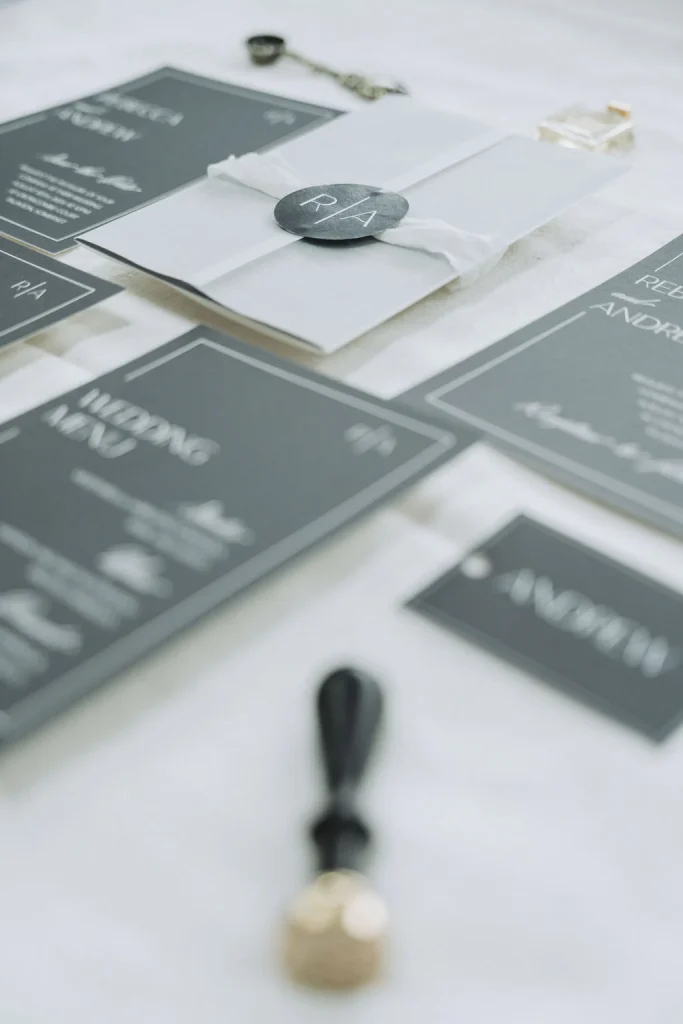
In Britain, wedding invitations are more than just a date and location. They reflect your personal style, the formality of your event, and, crucially, adhere to certain social conventions. Getting the wording right shows respect for your guests and sets the tone for your celebration.
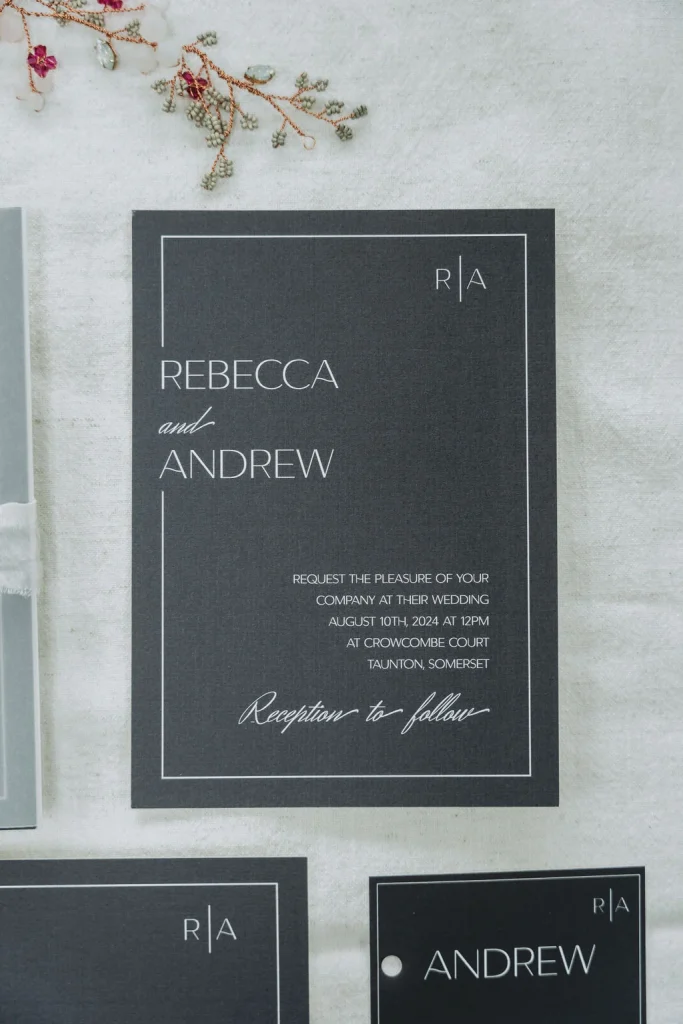
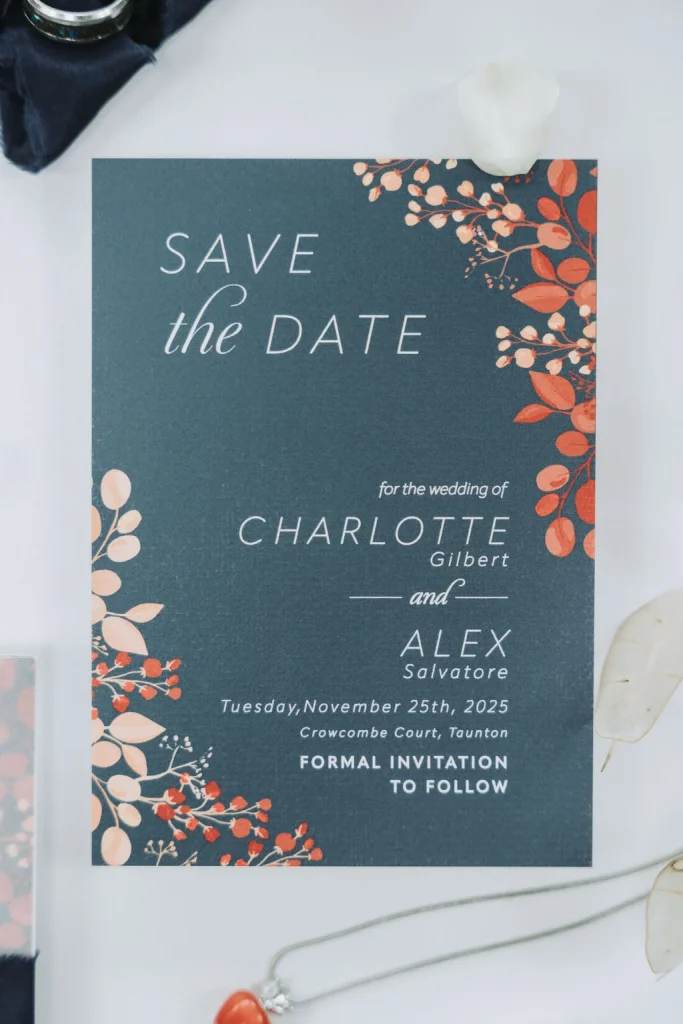
For those opting for a traditional or formal wedding, adhering to established etiquette is paramount. Here’s a breakdown of the key elements for this type of wedding invitation:
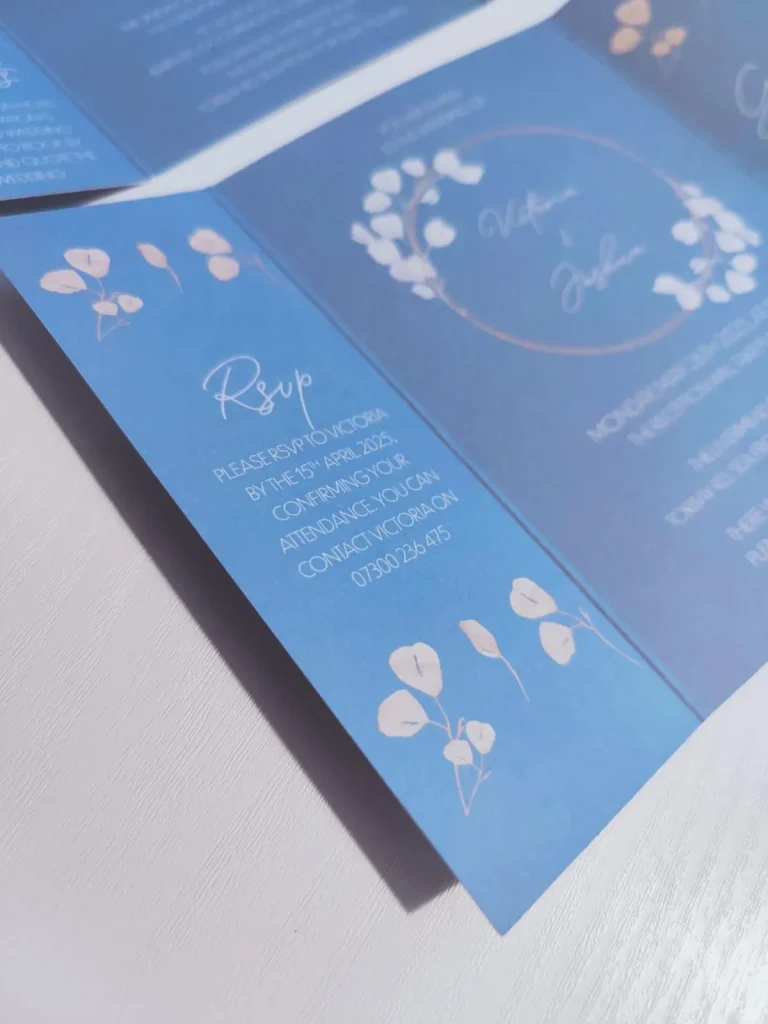
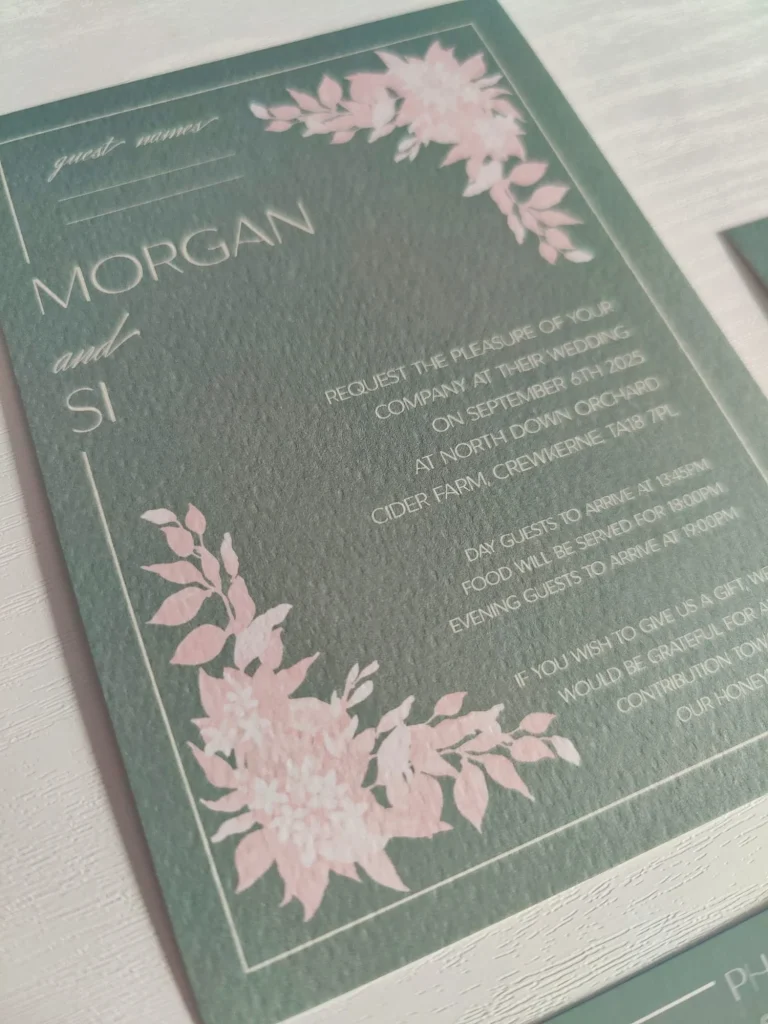
For a more relaxed and contemporary wedding, you can adapt the traditional wording or opt for something entirely different for your wedding invitations. Here are some pointers:
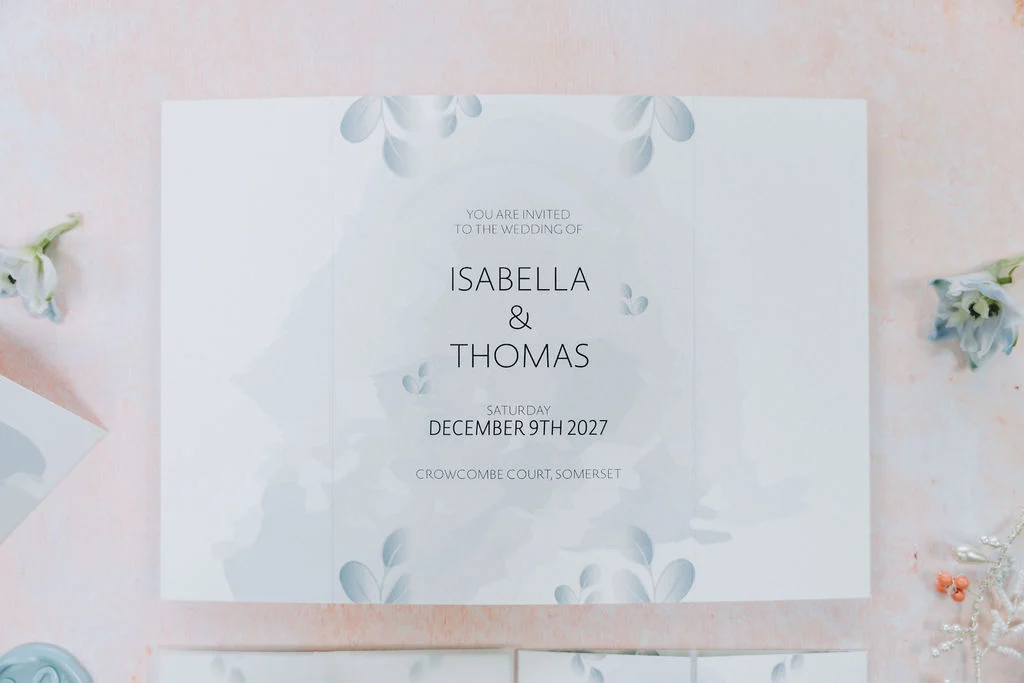
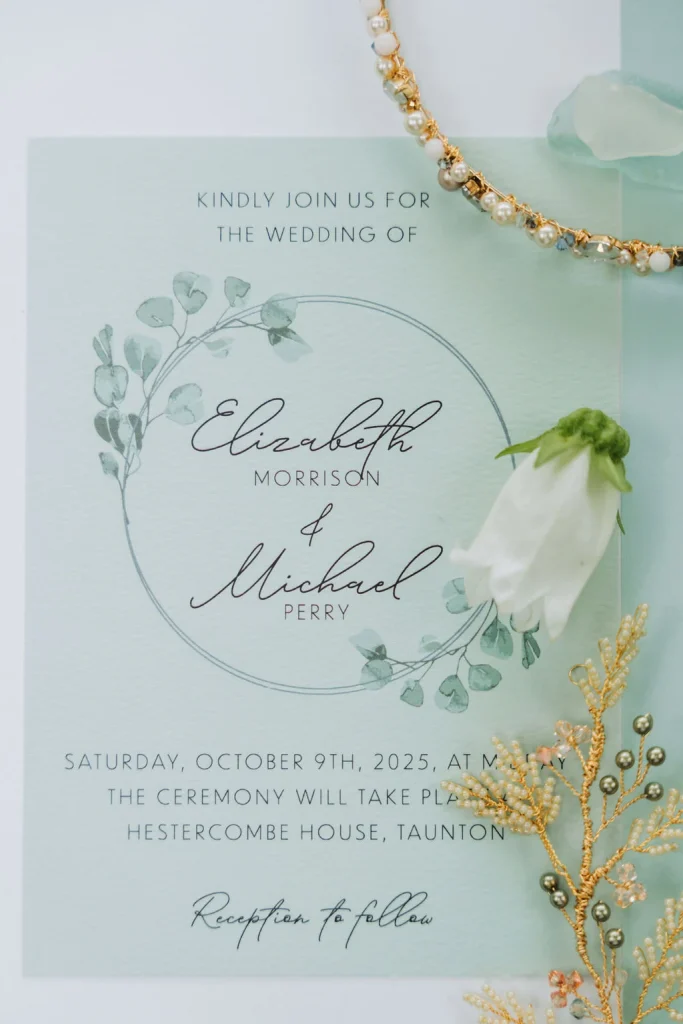
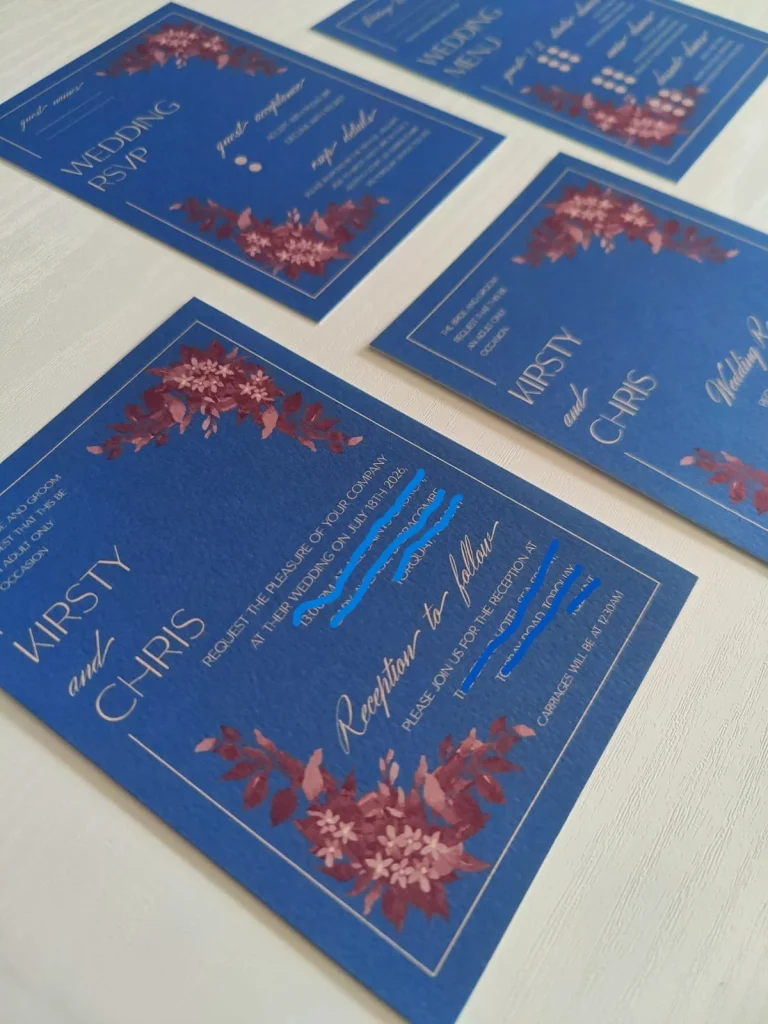
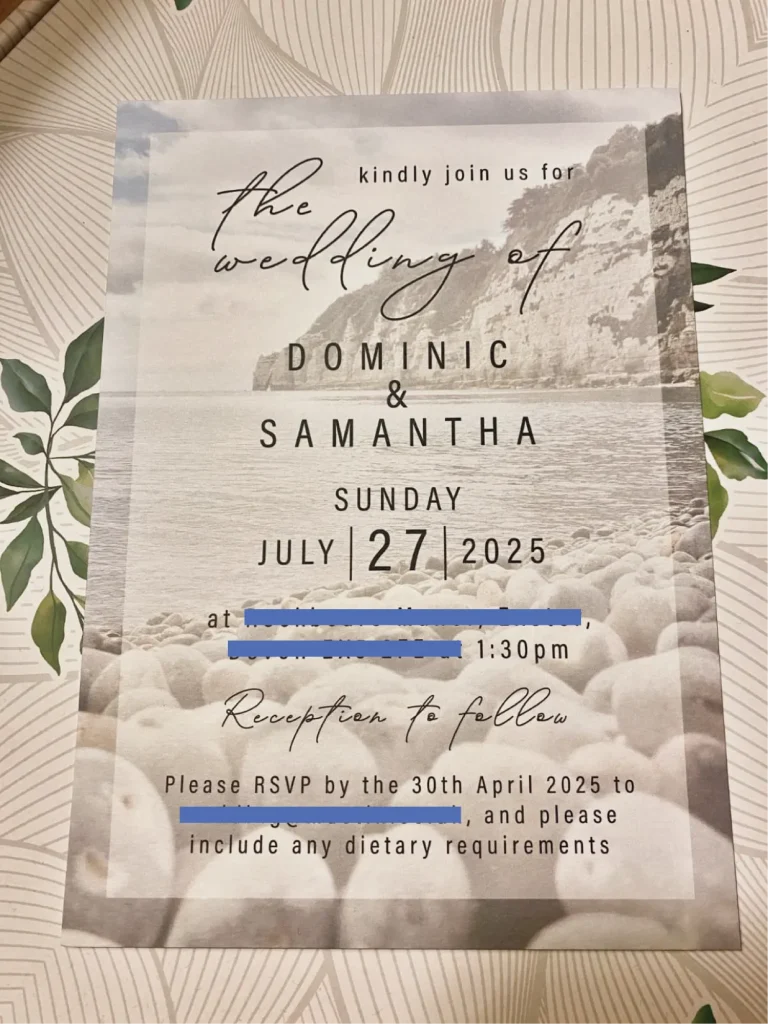
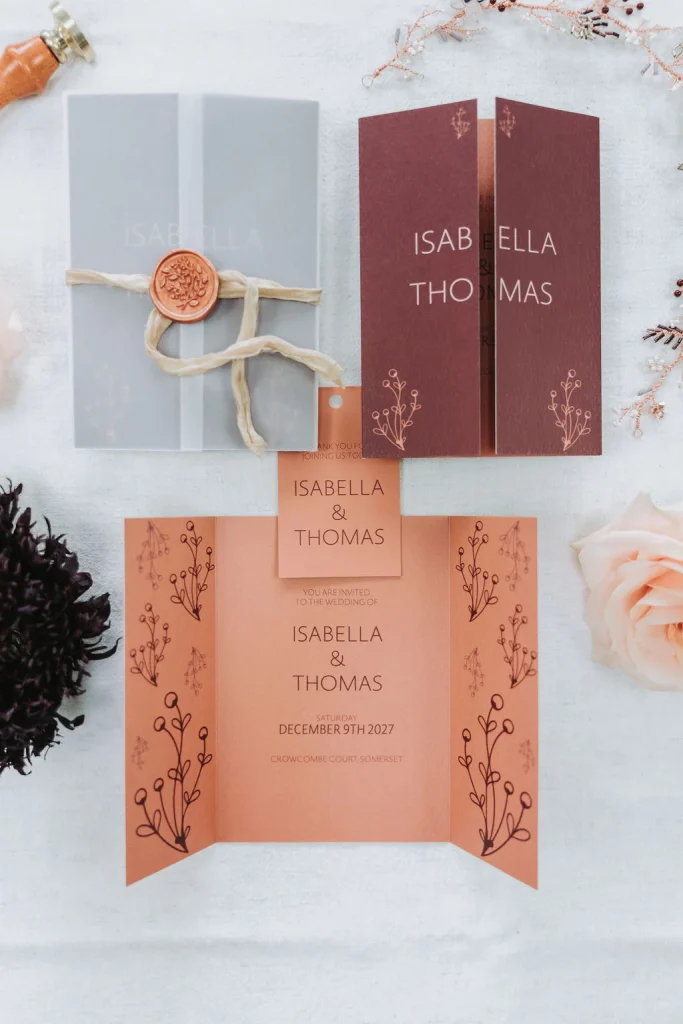
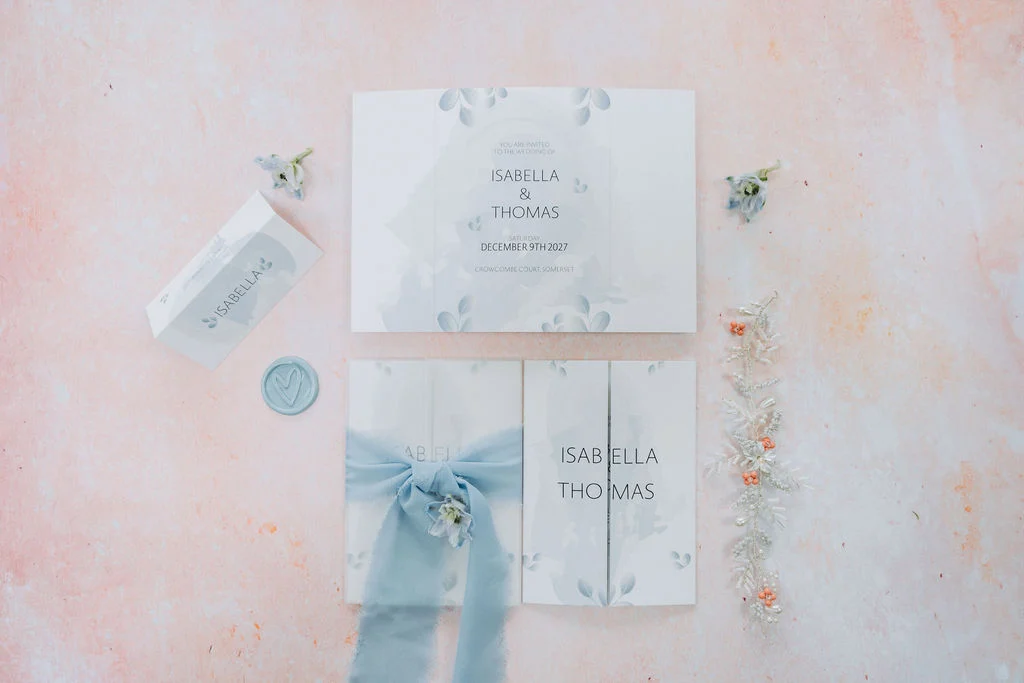
By following these guidelines, you can create wedding invitations that are both elegant and informative, setting the perfect tone for your special day. Remember, the most important thing is to create invitations that reflect your unique style and celebrate your love. Happy planning!
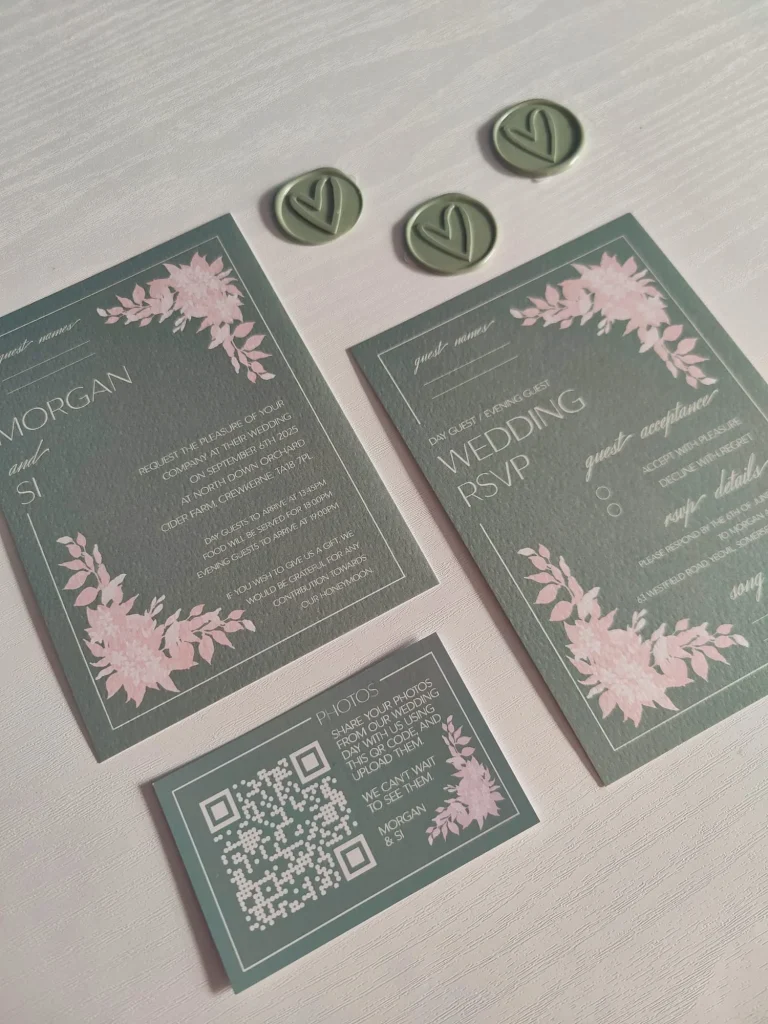
To view more of my wedding stationery work, including invitations, RSVPs, save the dates, seating plans, welcome signs and so much more, please take a look at my website links below, Instagram or Facebook pages, or my Pinterest page:
If you’re interested in having wedding stationery, whether this be a wedding invitation, a save the date, a seating plan, a timeline sign, an RSVP, or whatever you may need for your wedding day, please get in touch with me today.

A little bit about me: I'm Gabrielle. I'm a mother to my wonderful son, a wife to my incredible husband, and a cat mom to my two Bengal boys.
Recently, I embarked on my dream of starting my own graphic design business, where I offer a range of services, including branding, website design, and wedding stationery.
I've decided to start a blog to share my thoughts and opinions on these topics, with the hope that my insights will be helpful to others.

Hi, I’m Gabrielle
A little bit about me: I’m Gabrielle. I’m a mother to my wonderful son, a wife to my incredible husband, and a cat mum to my two Bengal boys.
Recently, I embarked on my dream of starting my own graphic design business, where I offer a range of services, including wedding stationery, greeting cards, invitations, website design, branding and other design services.
I’ve decided to start a blog to share my thoughts and opinions on these topics, with the hope that my insights will be helpful to others. I hope you all enjoy.
gaby x
Inkspiration by Gabrielle is a dream that I have had for a long time, and I have finally had the opportunity to make it a reality, by being able to design wonderful logos, websites, wedding stationery and so much more for my truly amazing clients, all through the medium of graphic design.
Contact Inkspiration by Gabrielle today to find out how I can help you bring your ideas to life through Graphic Design.
© All Rights Reserved – Inkspiration by Gabrielle
Website and Branding Design by Inkspiration by Gabrielle
© All Rights Reserved – Inkspiration by Gabrielle
Website and Branding Design by Inkspiration by Gabrielle